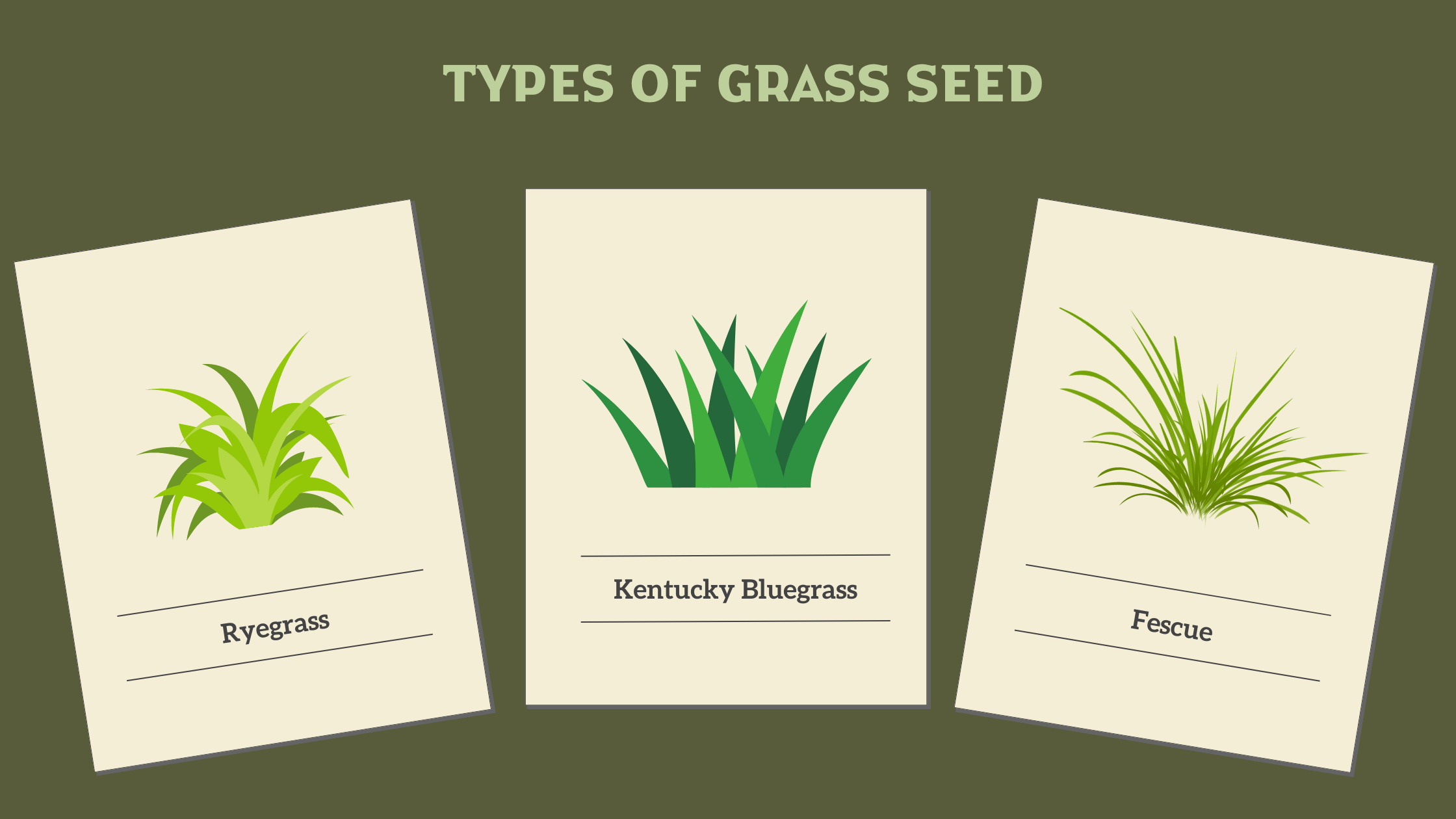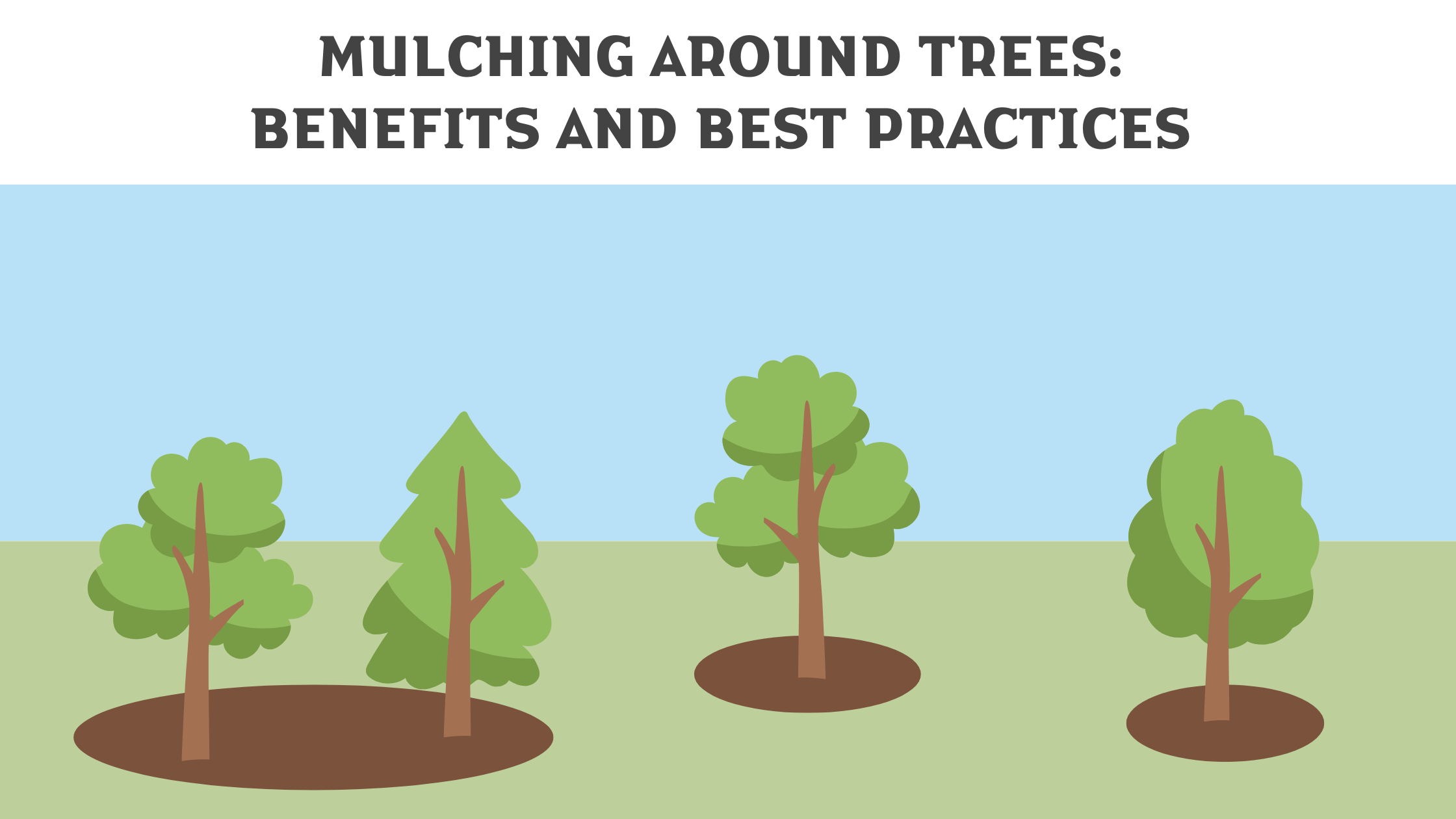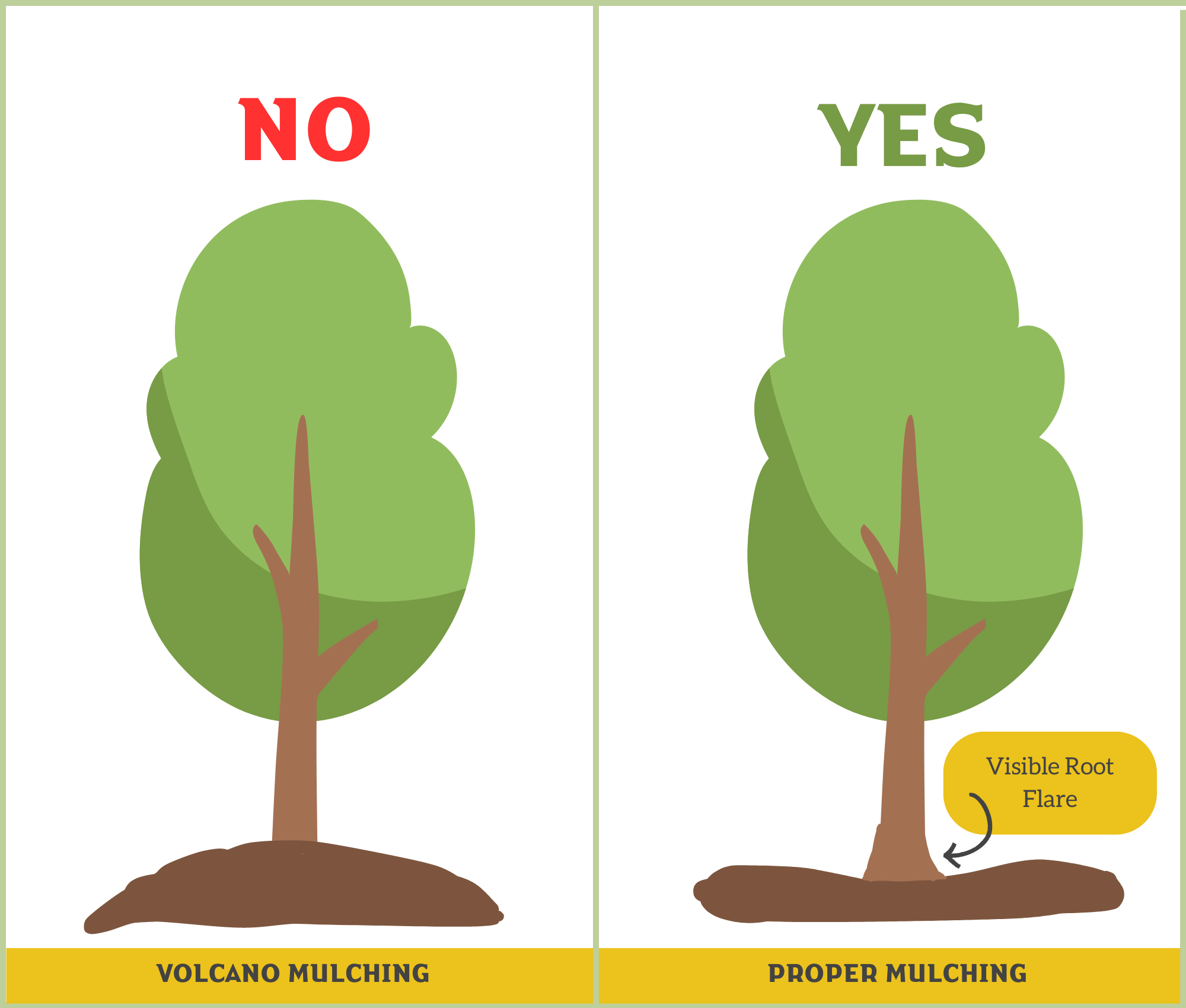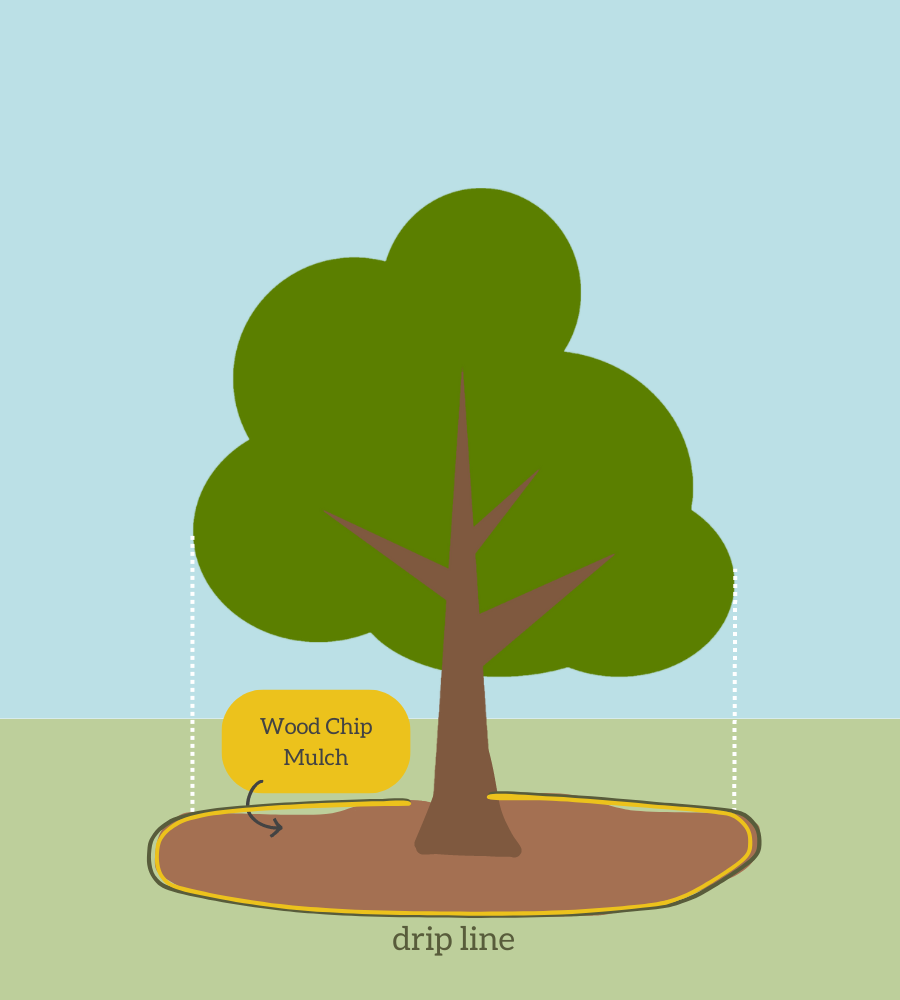Yard Guard Team’s 2025 Goals
With the start of the new year, it’s time to look ahead! Each offseason at Yard Guard, we spend time reflecting on our past season and coming up with new goals for the season ahead. We believe this is essential to successfully grow our company, while keeping in line with our core values.
Company Highlights
- In 2024, we were able to grow our company to over 2,500 lawn customers! This year we hope to reach 3,200.
- We continued improving our blended organic program, with the implementation of a two-trigger hose system. This allows our techs to only apply herbicide where it’s needed, without the need for multiple pieces of equipment. We discovered towards the end of the season that some of this equipment wasn’t calibrated properly, resulting in less-than-perfect weed control. We found a manufacturer that can make a meter to fit our new system, allowing us to get calibration down to a fraction of an ounce. We look forward to fixing this for 2025!
- We performed a successful test of our water saver product! We will be continuing to offer this innovative service to our customers this upcoming season. Read more about this product here.
- We have also been testing fully organic weed control products, in collaboration with the City of Bozeman, and have seen some promising results. We plan to offer a pilot fully organic program in 2025.
We asked our staff to share some of their personal and professional goals for 2025 below!
Sidne
Sidne plans to read one professional development book each month this year. Already an avid cook, she wants to learn how to cook more freely with ingredients, rather than strictly following recipes. We hope she lets us test some of her creations!
Colin
Colin is striving to be a better leader for the team this year. He also wants to get outside and exercise 3+ days a week. In March, he will be going on a heli-ski trip to Alaska and hopes he will be able to ski top to bottom!
Keri
Keri is continuing to live out her homesteading dreams. She currently has 8 chickens and is hoping to add 12 more to the flock this year, as well as 10 ducks! The ducks will require some new infrastructure- water park anyone?! As our most experienced customer service rep, she will be helping to instill her passion for great customer service in new additions to our office team.
Carly
After saving for many, many years, Carly is trying to buy her first home! As our dispatcher, she is implementing new strategies to improve the scheduling experience for both customers and employees.
Will
Will’s goal this year is to achieve his dream physique! He has been hitting the gym hard in between ski runs on the mountain. Will is continuing to develop relationships with customers, through in-person consultations, and with other companies in the industry.
Nate
Nate is working on developing better leadership skills this year. As our lead tree service technician, he is planning to take his passion a step further and become a certified arborist with the International Society of Arboriculture.
Sammy
Sammy attended real estate school last year, and plans to make the final step of getting her real estate license in 2025! She was one of our biggest producing techs in 2024 and hopes to beat her previous numbers this season.
Addy
Addy wants to crush this season and hopes to surpass Sammy’s numbers. The race is on! She has been working on updating our training processes, to ensure we have the most knowledgeable techs in the area.
Reilly
Reilly has been renting for years and is sick of it! His goal this year is to start saving for a down payment on his first home. He is doing a lot of work this winter getting our shop and trucks in tip-top shape for spring!
Lofton
Lofton wants to spend more time traveling and camping this year! As one of our newer team members, he is working on getting his applicators license, and developing a deeper knowledge of YG services.
What are your goals for the new year?
 Billpay
Billpay





